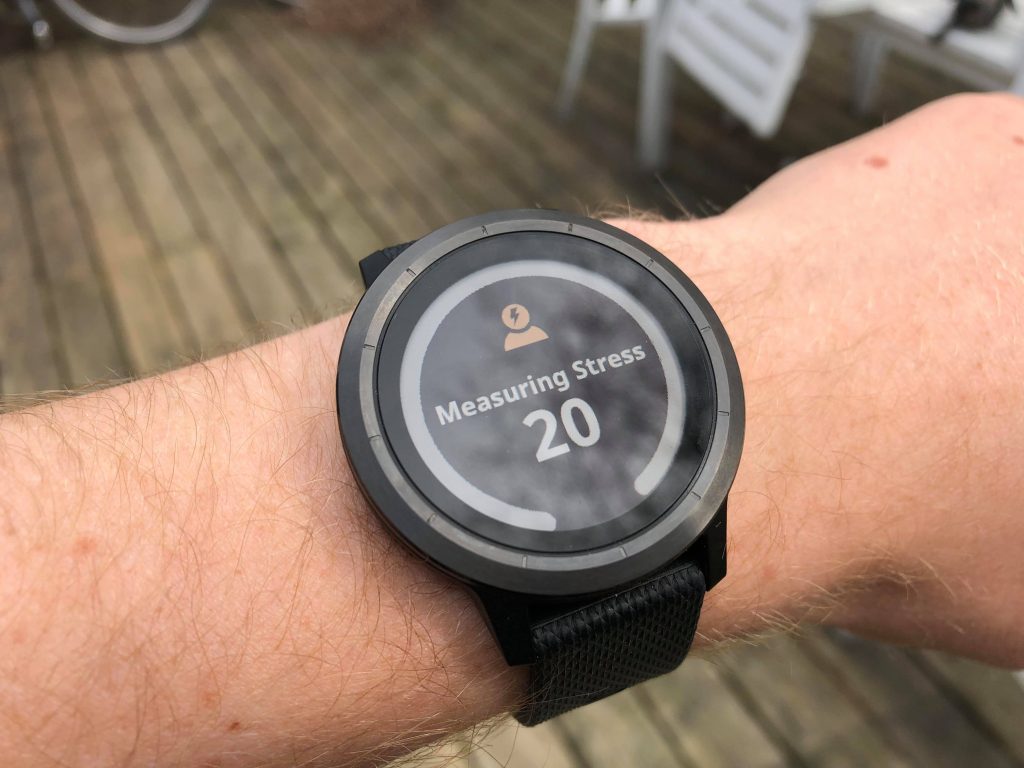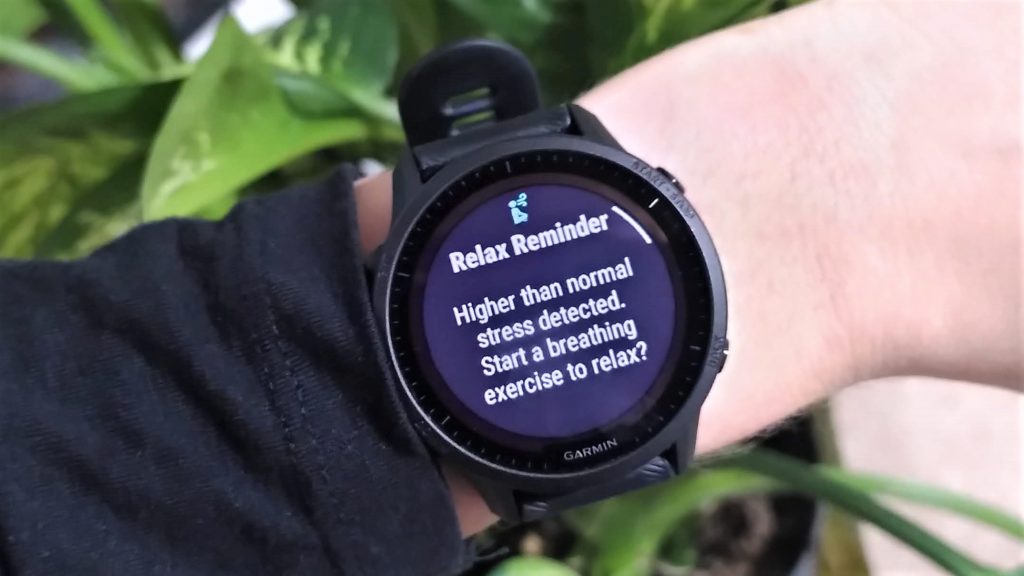When we talk about Garmin watches, we talk about the first-class elite type of gadget used to provide impeccable accuracy, durability, and latest technology features. The strongest suit of these watches is their impeccable precision and specifically designed diagnostic tool to measure stress throughout the day and identify the body’s condition at the moment.
If you are working on your fitness goals and want to become more responsive to your body, it is important to know how the smartwatch measures your body’s condition to control your well-being. This article will share how does Garmin measure stress. So, let’s get started and discover more!

How Does Garmin Measure Stress
The answer to this question is by keeping track of your heart rate and summarizing all the data. This means the more you wear the watch, the more accurate results you’ll receive. So, to get more precise information, you’ll need to wear the Garmin all the time, even when sleeping.
Moreover, the Garmin smartwatch uses smart biometrics to track the body’s state at every point in time by measuring the heart rate, blood pressure, body temperature, sweat, etc. Since your skin gives the most accurate indication of what kind of emotional arousal you are experiencing, the smartwatch receives signals whenever your psychological condition changes.
This means that stress levels can be determined by many factors, including your lifestyle, what food you are eating and whether you consume alcohol or drugs, and most importantly, how active you are.
Naturally, if you are leading a bad lifestyle, you won’t have much energy to engage in sports and gym activities, which results in high-stress levels. However, this isn’t necessarily the only aspect influencing the results, so you don’t have to be concerned just yet. You can find the other relatable factors down below. Now, let’s see the working process and its features!
How Does It Work
Intervals of time between each heartbeat
Garmin’s processor uses an internal sensor, receiver, and meter to determine the heart rate. The processor identifies the motion signal transferring it into the frequency to identify the cardiac competent and calculate the time between each of these components’ cycles. The tie between these cycles displays the stress variability in various body motions.
The device stores all this data in the memory and creates a model of expected cardiac frequencies based on the time the given frequency was experienced. Most notably, these parameters note the intervals according to your breathing.
Collected data on the heart rate variability
The Garmin smartwatch uses Firstbeat Analytics to analyze the heart rate variability and keep track of your heart rate variability when you are resting, running, or exercising. When you are stressed, you’ll get long heartbeat intervals, and when you feel calm, naturally, the heartbeat intervals will be shorter.
It starts calculating when you are standing and resting, measuring between 1 and 100. The resting state stress score is between 25, low-stress levels vary between 51 to 75, while the range between 76 to 100 is considered a high or severe stress state.
Read more: How Does Fitbit Track Sleep

Breathing patterns
Surprisingly enough, the Garmin smartwatch can take notes of your breathing patterns; Of course, when you feel unwell, you start taking deep and irregular breaths, which is a result of the brain and the body sending opposite messages and causing stress.
Garmin has automatic monitoring taking notes of your body’s state when you are taking inhales and exhales. Additionally, to successfully reduce stress, it offers a few breathing exercises you can practice whenever you feel restless.
Your lifestyle
Suppose you are practicing a healthy lifestyle, like eating healthy food, avoiding coffee and alcohol, and exercising regularly. In that case, the body will naturally find a balance which means that your stress levels will be within the average rate.
Garmin’s forte isn’t just tracking your running and cycling sessions; it can also help you learn more about your body and become more self-conscious.
Also read: How Accurate Is Fitbit Calorie Burn
The current health condition
Of course, the stress levels largely depend on how you feel throughout the day. If you are facing illness, you are overwhelmed or sad; there will be a lot of irregular heart rate variabilities. Since Garmin interprets the stress score every day of your week, it performs a retrospection over the health data collected by one week or month.
This way, it keeps track of your scores to determine how you react at any point of the day. By checking these trends, you’ll be able to find out how your body is reacting to any events in your life and which one of them causes you positive or negative feelings.
Stress levels at any point of the day
Garmin’s logarithm works to measure stress levels throughout the day, identifying whenever you are feeling overwhelmed or anxious and when you are feeling most calm.
With this feature, you can keep track of your overall body condition and find out when your body is most tense and when you need to take a break to continue engaging with normal activities.
These stats might even predict illness or any other disease having the possibility to occur in the near future.
Also read: How to Reset iWatch
Conclusion
Well, we have come to the very end of this article. With the combination of sensors, Garmin can interpret all the collected data to give the most accurate results; however, you must remember that several factors influence these results.
The best way to find out how does Garmin measure stress is by using it for a continuous period and wearing it as much as you can so you can learn more about when you are getting the most relatable stress variable. Also, you can check with your doctor and compare the results.
So, we hope we have helped you learn more about Garmin’s feature for measuring stress levels. Good luck!